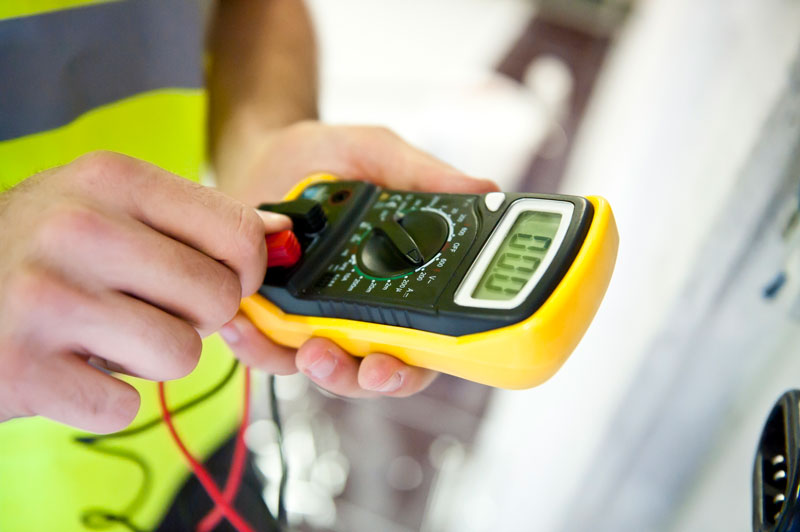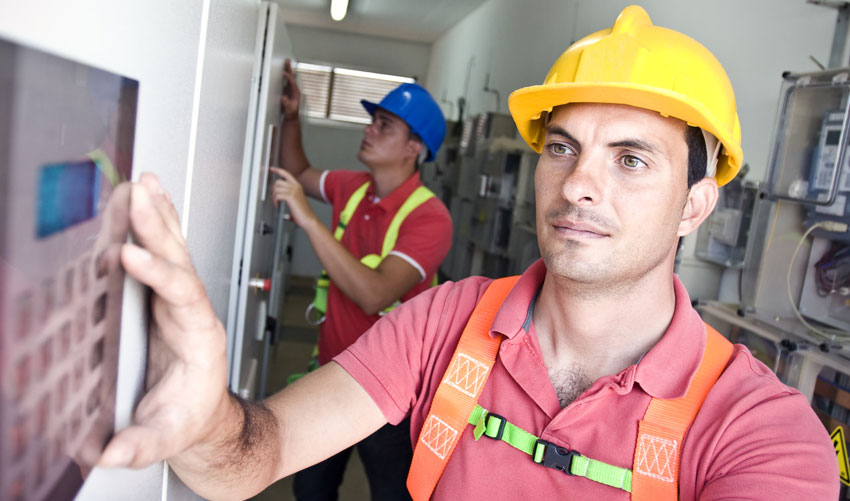When most consumers buy something, they expect it to work. That is not an unfair expectation, as the primary purpose of buying things is so that you can use them! However, there are certain items run by solar power that you should double check before leaving it to its own devices. A few of those examples include smoke and carbon monoxide detectors, house alarms, and irrigation systems.
Did you know that testing a solar panel is a necessary step that should be done before the solar panels are installed? If you didn’t know that, don’t worry you’re not alone. There are a good number of new solar panel homeowners that have no idea that they should test their solar panels before having them installed.
These are the steps that need to be taken to accurately test a solar panel before it is installed:
To test your solar panel, you are going to need a device that is called a Multimeter, or a volt-ohm meter. The purpose of this device is to test and measure electrical voltage, current (amperage), and resistance, which makes it the perfect solar panel testing tool.

Multimeters measure both Alternating Current and Direct Current (which is what your solar panel uses), depending on the setting. Additionally, there are two types of Multimeters to choose from:
Switched: Switched Multimeters need to be manually switched between ranges to get the best reading.
Auto-Range: Auto-Range Multimeters switch between ranges automatically to get the best reading.
The right multimeter depends on preference, ultimately, because both Switched and Auto-Range Multimeters have a track record of being accurate and easy to use.
Steps for Testing Your Solar Panel
There are two specific tests that need to be run on a solar panel to ensure it is working correctly. You need to test the Amps and the Volts. Fortunately, both of these measurements are incredibly easy to acquire.
Before you do anything, you need to know what range of amps and voltage you should be looking for. This information should be on the back of your panel.
PLEASE NOTE: The industry standard is that the red wire identifies the positive lead and black wire identifies the negative lead.
To close, whether you are getting your solar panels installed or you are installing your solar panels yourself, you are going to want to check your panels before they are installed. After all, solar panels are a big investment and the installation is a major chunk of that investment. So, to avoid having to spend more time and money when you find out the hard way that there is an issue with your solar panels, test your solar panels. Hopefully, you will have nothing to worry about but if you have a problem, you will be thankful you took the time to check.




